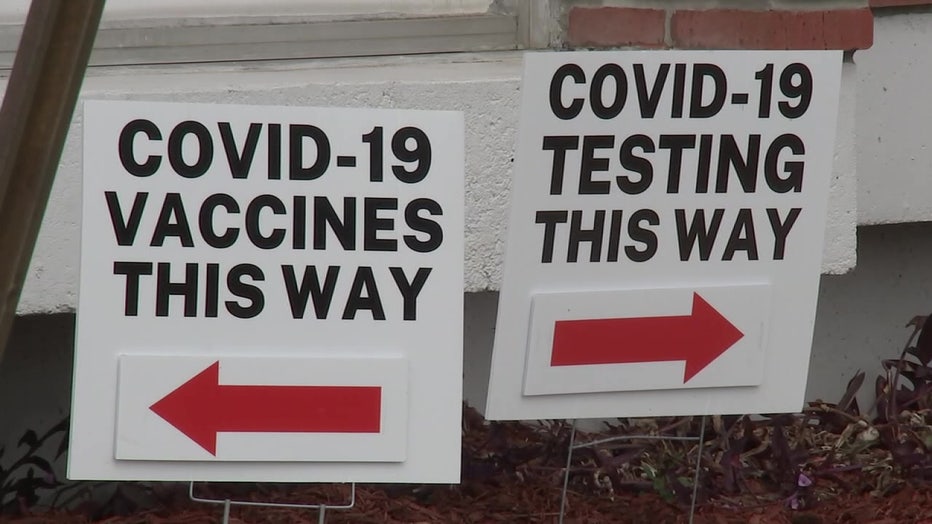St. Patrick's celebrations return to Tampa as doctors monitor omicron subvariant in Europe
TAMPA, Fla. - With vaccines readily available and COVID-19 cases on the decline, St. Patrick’s Day looks very different from two years ago.
St. Patrick's Day 2020 fell right as many businesses and restaurants had to shut down, to curb the spread of COVID-19. Eventually, there were mask mandates, restrictions, and a state of emergency declaration.
What a difference two years can make. In 2022, Tampa brought back its River O' Green Fest, and Irish bars were once again packed with crowds celebrating the holiday.
While we've come a long way and there are signs of normalcy, health experts say we're not out of the woods just yet.
On March 17, 2020, Governor DeSantis ordered all Florida bars and nightclubs to close for 30 days. At this point, there had been just under 200 cases of coronavirus reported in the state and 6 deaths.
One year later, on St. Patrick's Day 2021, bars cautiously welcomed crowds back, with mask mandates in some areas, and more than 4 million Floridians with at least one dose of the vaccine.
Fast-forward to 2022. With more than 15 million Floridians vaccinated and cases declining, St. Paddy's Day gatherings looked as close to normal as we've seen in years.
"It just feels so good to be out," said Lori Thompson outside Four Green Fields at Curtis Hixon Park.

"We love our St. Paddy's Day," said Chad Scott. "We dress up every year."
With a 2.2% positivity rate last updated March 15, Hillsborough County closed its last testing and vaccination site Wednesday. Thursday, the local State of Emergency expired after two years and five days.
READ ‘Enjoy every day’: Floridians adjust to new normal 2 years after COVID-19 pandemic began
"In two years, the extent of information that we have is just remarkable," said Dr. Jill Roberts with USF College of Public Health.
Now with vaccines, treatments, and more developed guidance, Dr. Roberts says people can go out in crowds based on their own risk assessment, the tools they have, and the steps they've taken.

Though the omicron wave has gone down, parts of Asia and Europe are seeing a jump in new infections fueled by omicron subvariant BA.2. Doctors here are keeping an eye on all the indicators, right down to the presence of COVID-19 in wastewater.
"Is the wastewater going up? When do cases start going up, if at all? Is there an increase in hospitalizations along with those cases? Is there an actual increase in deaths? What all do we see out there before we get worried about everything?" said Dr. Roberts.
From that, health officials can assess if the variant is mild or something to watch out for. Until then, "I'd say take some deep breaths, enjoy the fact that we are in-between waves if another wave is coming, get out there, do the things, see the people, take the precautions, and be flexible," Roberts said.
There is some encouraging news. Data from the UK Health Security Agency shows that, although the BA.2 subvariant is more contagious than Omicron, it does not carry a higher risk of hospitalization.

